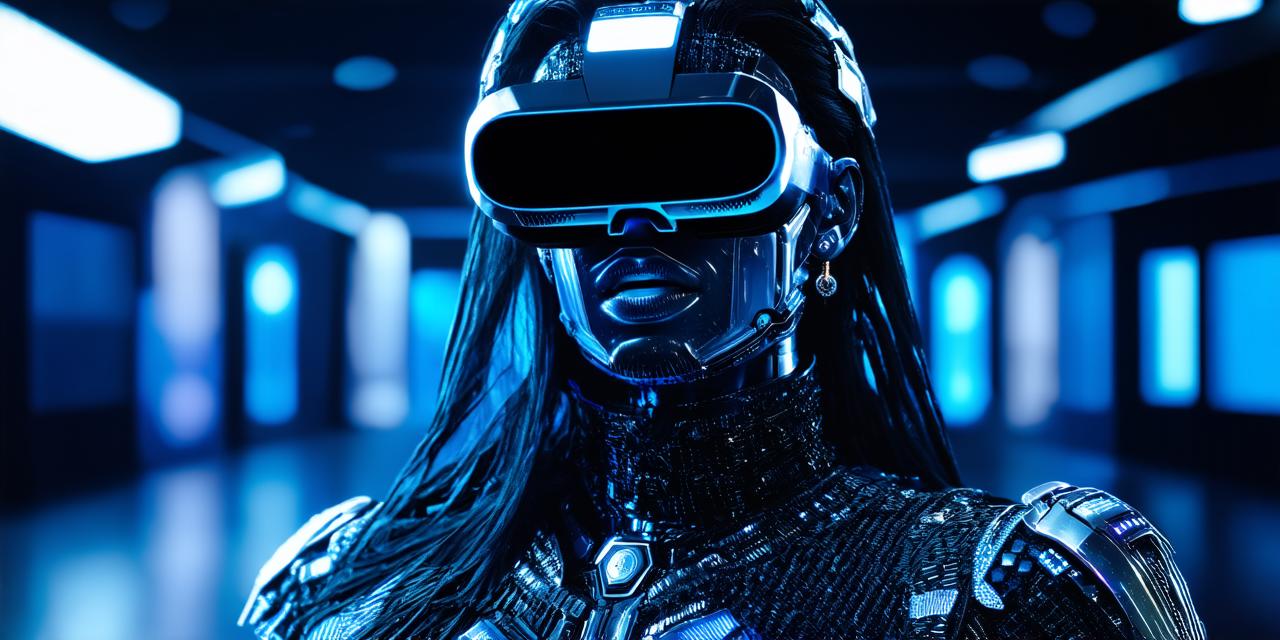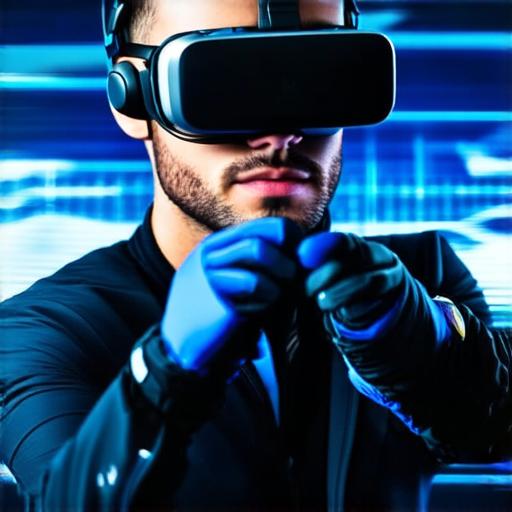
How real can virtual reality feel?
The Immersive Experience
Virtual reality technology is designed to immerse users in a fully artificial environment that mimics the real world as closely as possible. This can be achieved through various techniques such as 3D modeling, motion capture, and stereoscopic displays. By engaging multiple senses and providing a sense of presence, VR can create an immersive experience that feels almost real.
Case Study: Virtual Tourism
One of the most compelling examples of how VR can feel real is through virtual tourism. Using 360-degree cameras and stereoscopic displays, users can explore various destinations around the world without ever leaving their living room. This allows them to experience the sights, sounds, and sensations of different cultures and environments in a way that feels authentic.

Personal Experience: The VR Game Developer
As a virtual reality game developer, I have firsthand experience with how immersive VR can be. When designing a game, we use various techniques to make the player feel like they are part of the environment. This includes using 3D models that accurately represent real-world objects, incorporating realistic lighting and sound effects, and implementing motion capture to create lifelike character movements.
The Science Behind Virtual Reality
There is a growing body of research that supports the idea that virtual reality can feel as real as the real world. For example, a study published in the Journal of Neuroscience found that the brain responds to VR stimuli in the same way it does to real-world stimuli, with the release of neurotransmitters such as dopamine and oxytocin.
Expert Opinion: “Virtual Reality is Just as Real as the Real World”
Dr. David Eagleman, a renowned neuroscientist and author, believes that virtual reality can be just as real as the real world. In an interview with the Verge, he said, “The brain doesn’t know the difference between something that’s real and something that’s not real if it’s presented to you in a way that’s convincing.”
Real-Life Examples of Virtual Reality
There are many examples of how virtual reality is being used in various industries to create realistic experiences that are both engaging and effective. For example, the medical industry uses VR simulations to train surgeons and dentists, allowing them to practice complex procedures in a safe and controlled environment. Similarly, the military has used VR for training purposes, allowing soldiers to simulate real-world combat scenarios without putting their lives at risk.
Summary: Virtual Reality is as Real as it Gets
In conclusion, virtual reality technology has come a long way in creating immersive and realistic experiences that can feel just as real as the real world. From virtual tourism to medical training simulations, VR is being used in various industries to create lifelike experiences that are both engaging and effective. So, the next time you step into a VR headset, remember that what you’re experiencing may be just as real as it gets.
FAQs
1. How does virtual reality technology create a sense of presence?
* Virtual reality technology uses various techniques such as 3D modeling, motion capture, and stereoscopic displays to engage multiple senses and provide a sense of presence.
2. Can virtual reality be used for therapy or rehabilitation purposes?
* Yes, virtual reality can be used for therapy or rehabilitation purposes, such as treating anxiety disorders or helping patients with physical injuries recover from their injuries.
3. Is virtual reality technology still in its early stages?
* While virtual reality technology has come a long way since its inception, it is still in the early stages of development and there is much room for improvement.


